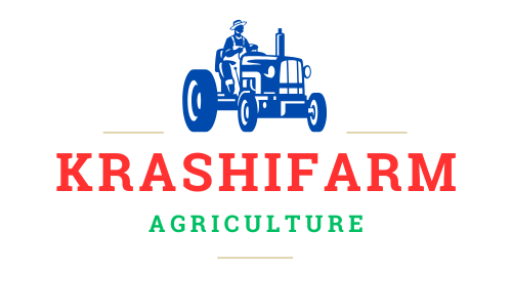1. Definition
- Traditional Farming: This method relies on old techniques such as organic manure, bull-driven plows, and rain-fed irrigation.
- Modern Farming: It uses the latest technologies, machinery, chemical fertilizers, biotechnology, and artificial irrigation systems.
2. Tools & Techniques
| Aspect | Traditional Farming | Modern Farming |
|---|---|---|
| Farming Tools | Plow, sickle, bullock cart | Tractors, harvesters, drip irrigation |
| Seed Selection | Traditional seeds | Hybrid and GMO seeds |
| Irrigation | Rain-dependent | Drip & sprinkler irrigation |
| Fertilizers | Cow dung, organic manure | Chemical fertilizers |
| Pesticides | Neem, cow urine | Modern pesticides & fungicides |
3. Productivity
- Traditional Farming: Low productivity due to reliance on natural resources.
- Modern Farming: High productivity due to advanced scientific methods and technology.
4. Environmental Impact
- Traditional Farming: Environment-friendly, maintains soil fertility.
- Modern Farming: Affects land quality due to excessive chemical use but increases production.
5. Cost & Profitability
- Traditional Farming: Low cost but limited production and profit.
- Modern Farming: High cost (machines, fertilizers, pesticides) but greater production and profit.
6. Health Impact
- Traditional Farming: Organic produce is healthier.
- Modern Farming: Chemical fertilizers and pesticides may pose health risks.
7. Conclusion
- Traditional farming is eco-friendly but has lower yields.
- Modern farming increases yield but may harm the environment.
- Best Approach: A balanced use of traditional and modern techniques to promote sustainable farming.

